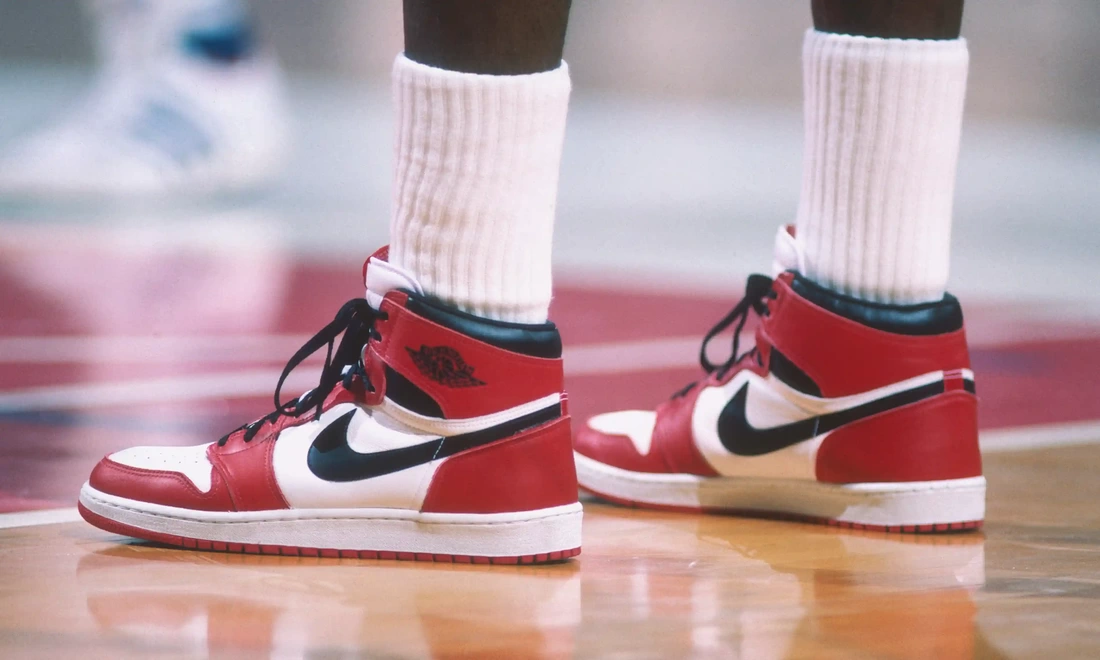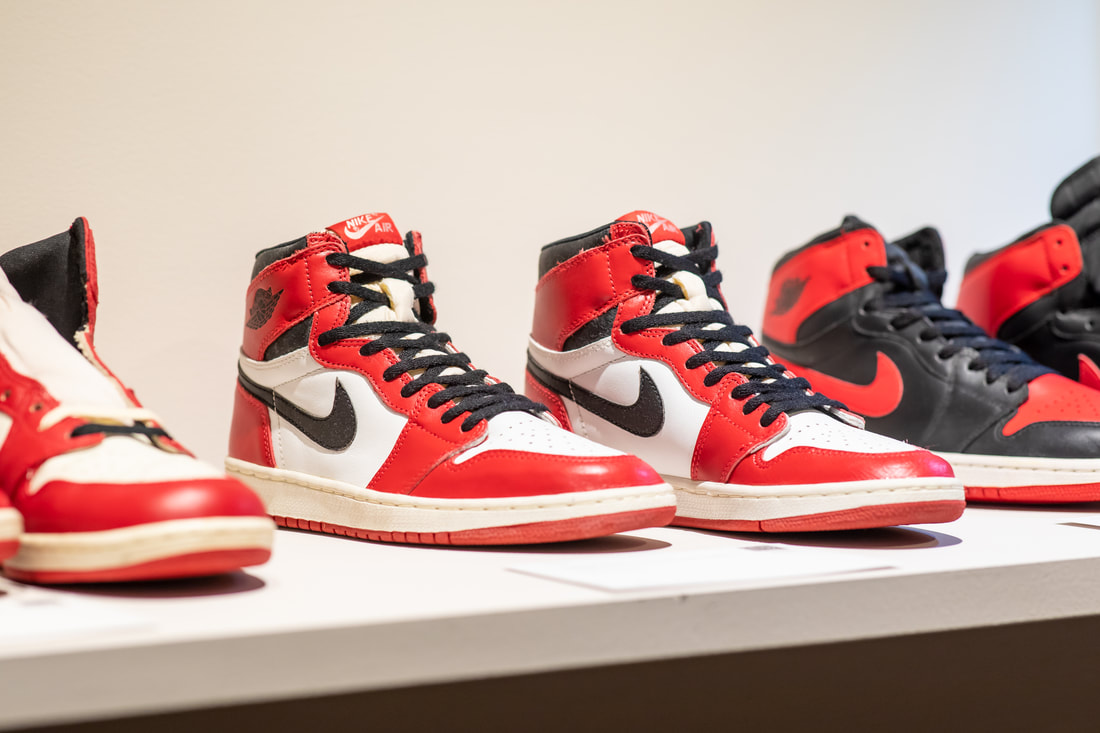|
In the pantheon of athletic footwear, few names loom as large or cast as long a shadow as the Nike Air Jordan. Since its initial release in 1985, the Jordan brand has transcended its basketball roots to become a cornerstone of streetwear culture, a symbol of aspirational success, and a case study in branding that marketing scholars and industry professionals regard as the gold standard. The inception of the Air Jordan range, its market reception, and its profound cultural impact offer a fascinating lens through which to examine the intersections of sport, commerce, and identity. The genesis of the Air Jordan can be traced back to a confluence of Michael Jordan's ascendant career and Nike's strategic desire to dominate the basketball sneaker market. At the time, Nike was a significant but not yet dominant force in the athletic shoe industry, and signing Jordan—a rookie with exceptional promise—was a gamble that would catalyze the company's leap into basketball superstardom. Nike's partnership with Jordan was more than a mere endorsement deal; it was an alignment of visions that resulted in a product deeply connected to Jordan's persona and performance on the court. The Air Jordan I, designed by Peter Moore, broke the mold of traditional basketball footwear with its bold color scheme of black and red, which defied the NBA's uniformity of uniform rules and garnered a $5,000 fine per game that Nike gladly paid, further fueling the shoe's rebellious allure. The market reception of the Air Jordan was unprecedented. Initially set to sell 100,000 pairs, the Air Jordan I shattered expectations by moving over 400,000 pairs in its first year alone. This success was not just a testament to Jordan's rising stardom but also to Nike's savvy marketing, which included the iconic "Air Jordan" commercials directed by Spike Lee. These advertisements did not merely sell a shoe; they sold an ideal, an ethos, and a connection to one of the most electrifying athletes of the time. The message was clear: to wear Air Jordans was to embody a piece of Michael Jordan's excellence and charisma. Culturally, the impact of the Air Jordan range has been profound and multifaceted. It has influenced not just the world of sports footwear but also the broader realms of fashion, music, and cinema. The Air Jordan became more than a sneaker; it was a cultural icon that represented excellence, perseverance, and style. Its significance was especially pronounced in African American communities, where the shoes were a symbol of success and a badge of honor. As sociologist Douglas Hartmann observes, "The Air Jordan phenomenon was not just about the marketing of basketball shoes, but also about the dreams and aspirations of African American youth and the integration of the black athlete into the mainstream of American culture."
The Air Jordans also sparked a secondary market for sneakers, paving the way for sneaker collecting ("sneakerhead" culture) and the reselling market, which have become phenomena in their own right. This secondary market underscored the shoes' value as collectables, not just commodities, with some rare editions and collaborations fetching astronomical sums. The release of the Nike Air Jordan range is a watershed moment in the history of athletic apparel, marking the birth of a brand that would become emblematic of the intertwining of sports, culture, and commerce. Its key inspirations drawn from Michael Jordan's legendary career, the enthusiastic market reception, and the profound cultural impact have cemented the Air Jordan's place not just in the history of sneakers but in the broader tapestry of 20th and 21st-century cultural life. The Air Jordan's legacy is a testament to the power of branding, the allure of sports heroism, and the endless pursuit of greatness, encapsulated in the silhouette of a man taking flight. Written by Elijah F. Digby, a guest contributor for Versus History. Elijah collects vintage trainers, tracksuits and baseball caps and shares his work at local exhibitions.
0 Comments
Leave a Reply. |
Categories
All
Archives
April 2024
|


 RSS Feed
RSS Feed